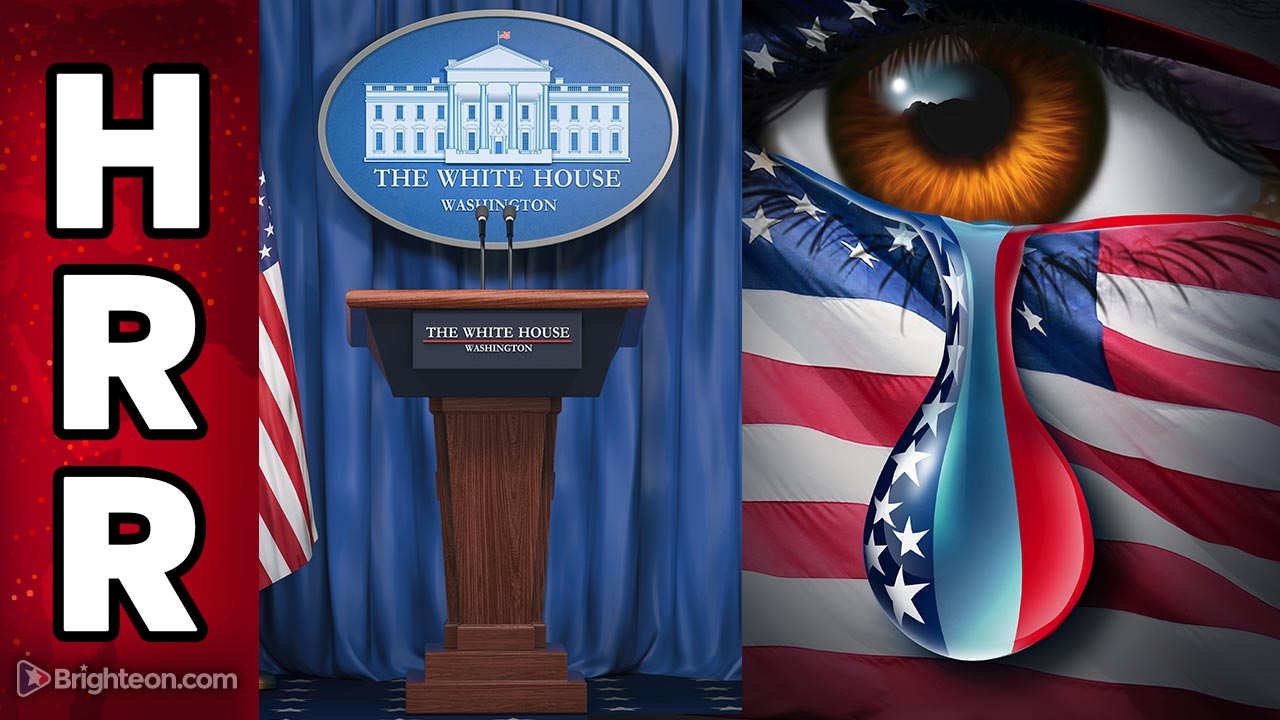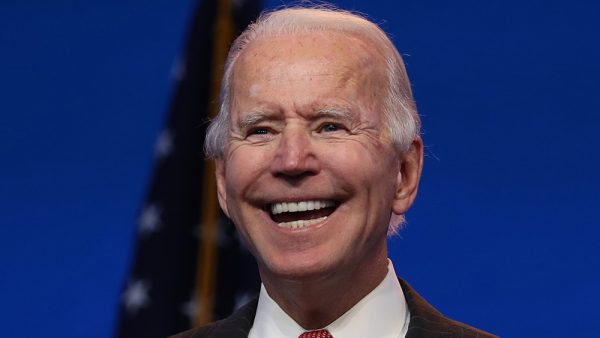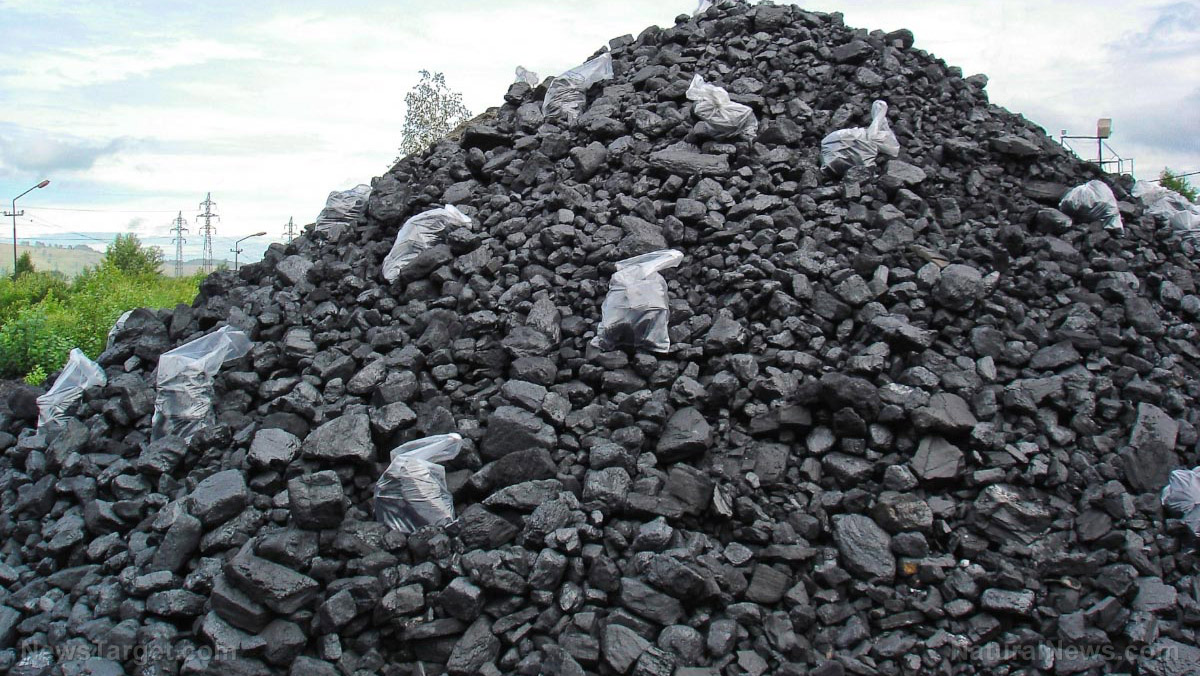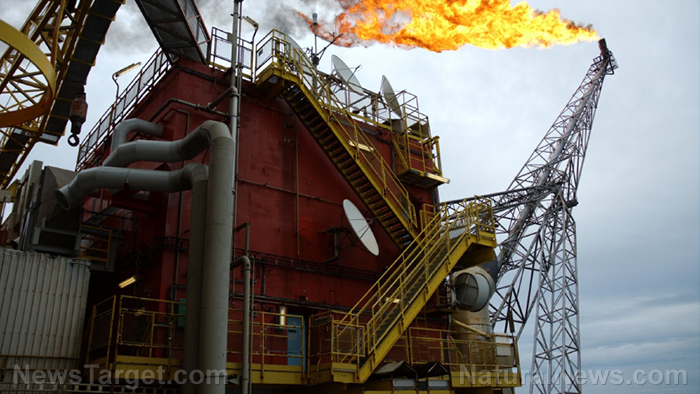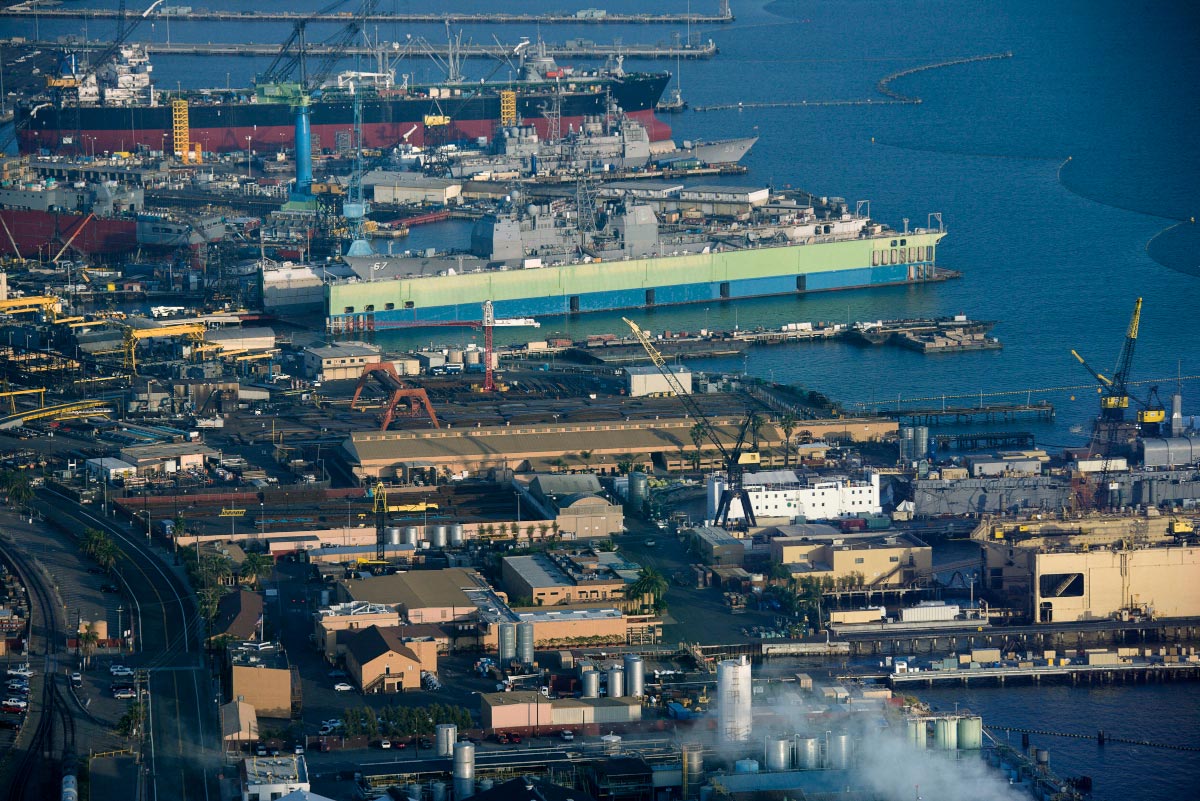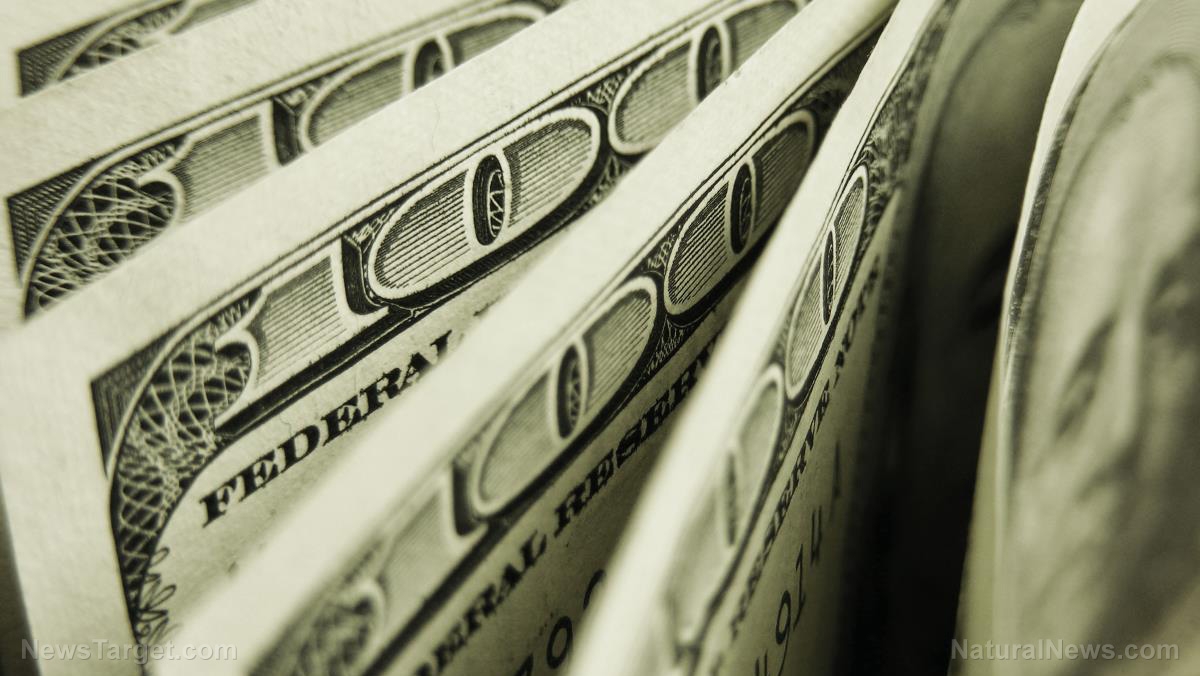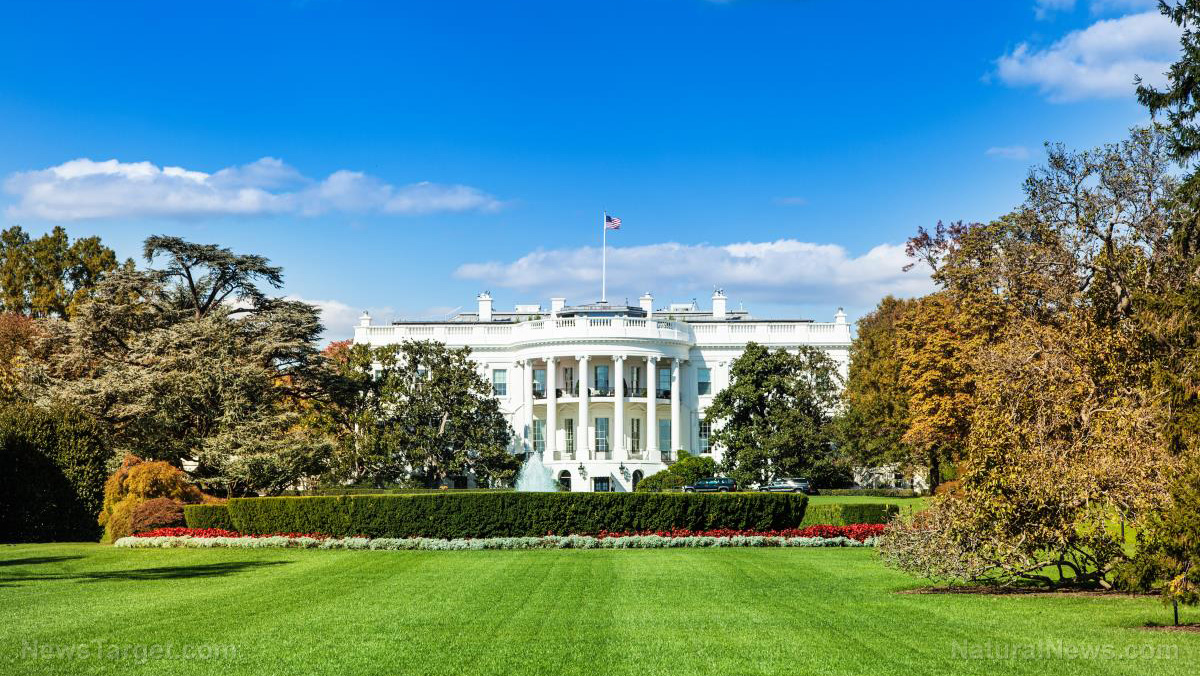 Parler
Parler Gab
Gab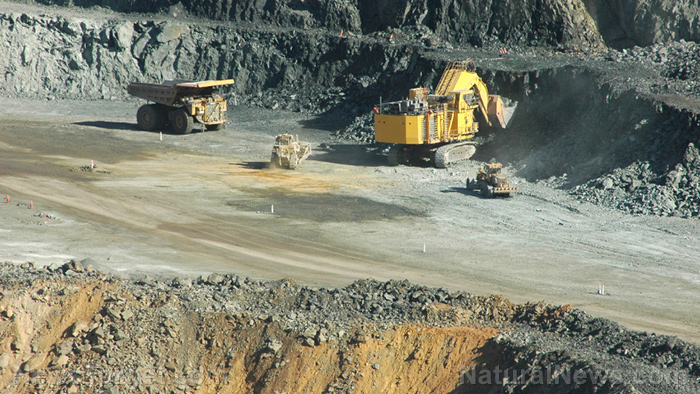
Soaring metal prices could delay ongoing global transition to clean energy
High iron and copper ore prices are a big boon for miners. But these prices might not hold for long unless investors put money into new mines. In its recent report titled "The Role of Critical Minerals in Clean Energy Transitions," the International Energy Agency (IEA) stressed that investors are not investing enough into new mines. A new mine needs at least 16 years from its discovery to its first production. In order to meet the growing demand for industrial metals, investors need to start investing in new mines now. Otherwise, the prices of industrial metals would continue to rise, potentially delaying some countries' transition to clean energy. Many of the metals seeing price surges, including iron, copper and lithium, are commonly used to create clean energy technologies. If these price trends persist over the next few months or years, global efforts to transition to clean energy could slow down, according to Birol. For instance, if lithium and nickel prices double, the cost of producing batteries for electric vehicles might rise by up to six percent. More and more people are purchasing electric cars because they produce fewer emissions than gasoline-powered cars. But the raw materials needed to make them need to be affordable if manufacturers are to continue selling them at affordable prices.Prices of other commodities are also surging
Other important commodities are seeing record-high prices as well. For instance, the price of timber hit a new high as U.S. sawmills struggled to keep up with the massive demand in the run-up to peak homebuilding season in the summer. Many sawmills stopped production after laying off employees because of the pandemic. The surge in demand caught most sawmills off-guard with low inventories, causing suppliers to look to Europe for reprieve. Several European countries have been forced to harvest timber due to a widespread beetle infestation, resulting in a surplus. (Related: Millions of mountain pine beetles are killing forests.) Meanwhile, China has put out unusually large orders for corn, driving demand and causing a surge in price. It now trades at $7.60 a bushel, a price not seen since 2013. Concerns of a drought in Brazil, which supplies China with corn, are also driving up corn prices. All of these rising commodity prices are sparking serious concerns over possible inflation. In the U.S., grocery shoppers are getting sticker shock as almost everything costs more than it did a year ago, according to the latest inflation data in the Consumer Price Index (CPI) of the U.S. Bureau of Labor Statistics (BLS). Read more articles about the soaring prices of metals, foods and other commodities at MarketCrash.news. Sources include: FT.com 1 FT.com 2 TheGuardian.com Reuters.com Minnesota.CBSLocal.comAmericans lining up outside food banks as record inflation continues
By Belle Carter // Share
Diminished US refining capacity from facility closures contributing to soaring gas prices
By Belle Carter // Share
Port of Los Angeles director: US supply chain at risk if rail service does not improve
By Mary Villareal // Share
Fact check: No, RFK, Jr. did not say COVID was an ethnically targeted bioweapon that spared Jews
By healthranger // Share
Top 10 signs you might be an obedience idiot
By healthranger // Share
By newseditors // Share
Dangerous heat wave expected to set record highs throughout US South and Southwest
By isabelle // Share
Secret Service admits it found marijuana twice at the White House in 2022
By arseniotoledo // Share
